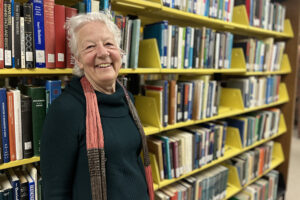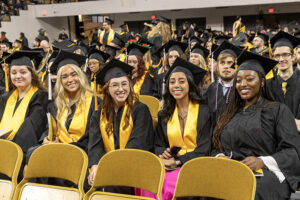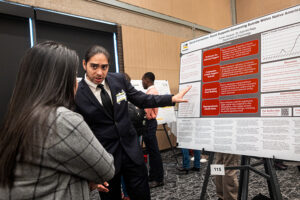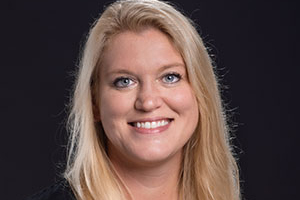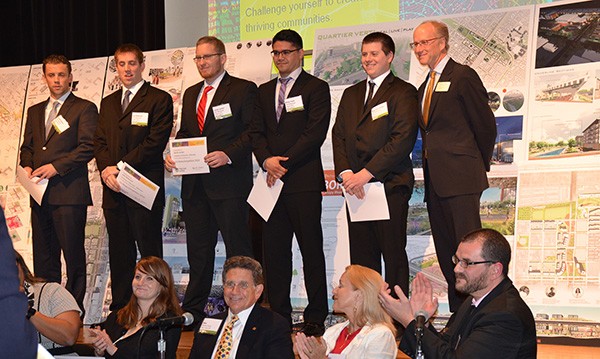
Four students from the School of Architecture & Urban Planning (SARUP) ended a prestigious urban planning competition with a $10,000 second-place prize, hands-on urban development experience and the chance to make a major design contribution to New Orleans.
Sponsored by the Urban Land Institute, the annual Hines Competition tasks students with designing a development project for underused urban spaces.
The jury of architects, lawyers and real-estate developers said the students’ Quartier Vert proposal was the most feasible project of the 2015 competition.
The 2015 competition featured 120 teams from 60 universities, working in multi-disciplinary groups to create drawings and models of a development that could spur revitalization of residential neighborhoods near New Orleans’ French Quarter. The SARUP team’s design proposed remodeling a currently desolate strip of land to include a bike path, play grounds and venues for outdoor music.
“It was a great experience,” said Joe Stefanich, one of the UWM student finalists.
Designing ‘Quartier Vert’ (Green Quarter)
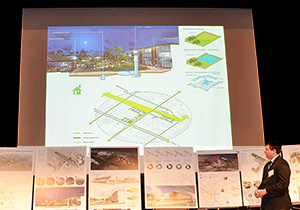
While researching the site of the competition, Stefanich and teammates explored New Orleans culture, ultimately incorporating it into their final proposal. Using authentic local trolley cars as structures for food sales and outdoor dining is a design decision they say distinguished them from competitors.
With the help of UW-Madison MBA student Scott Gibbel, who joined the UWM-Based team, the SARUP students’ “Quartier Vert” proposal included data about how much the project could cost. SARUP students Jacob Jordan, Efrain Cano, Joe Stefanich and Ryan Guetschow opted for a fiscally responsible project design, rather than a lavish proposal that was not financially viable for New Orleans. The jury of architects, lawyers and real-estate developers said the Quartier Vert proposal was the most feasible project of the 2015 competition.
“It was really interesting hearing the feedback about our project,” said Guetschow.
A once-in-lifetime design opportunity
Carolyn Esswein, a professor of urban planning, advised the UWM team along with architecture professor Harvey Rabinowitz. She has been working with UWM Hines Competition competitors for eight years. Quartier Vert, she says, has a real chance of being green-lit by the city of New Orleans.
The competition offered the team design and development experience unlike anything they could get in the classroom. Esswein says they can now show prospective employers their experience working on a real city development project.
Additional finalists included two teams from Harvard University. A team from the University of Maryland took first place. This year’s contest marks the first time a UWM team was named a finalist in the distinguished national competition.
The 2015 competition also marks the UWM students’ second Hines Competition entry. Esswein says she was not planning to enter a team in the competition this year, but the students approached her with an earnest interest to compete again.
They dedicated huge amounts of their free time to working on the project this semester. As graduate students, they were tasked with balancing rigorous SARUP coursework with their commitment to winning the competition.
“It tests your friendship when you’re working together 24/seven for so many weeks,” says Esswein, “but it really was just about what they could do best for the project.”
